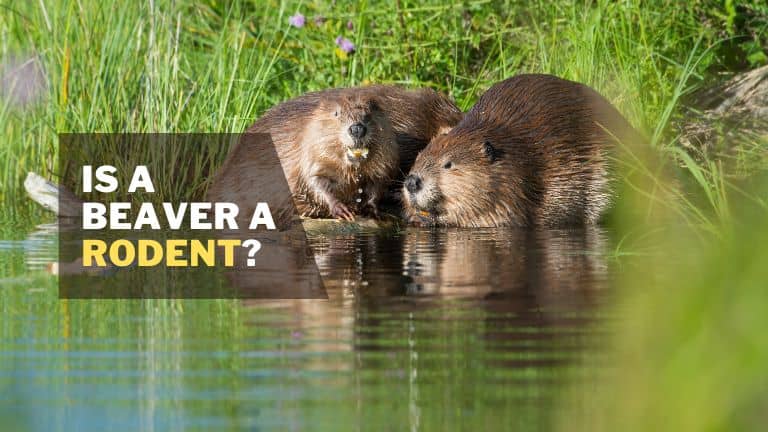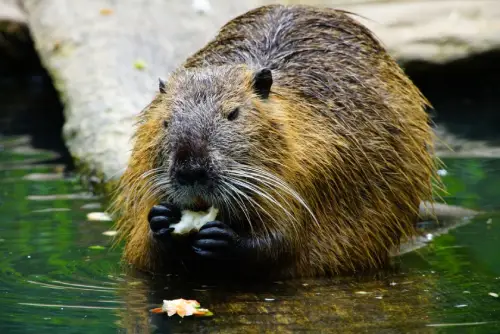You can see beavers throughout North America living in the ponds, lakes, rivers, wetlands, etc. These large animals with thick reddish brown fur are just like the large cats. But they can’t live without water.
So, the question stands- are they fish, or is a beaver a rodent? Well, beavers are not scientifically classified as fish. Instead, they are rodents even though they live underwater.
Today, we will focus on the features of a beaver and finally discuss why a beaver is considered a rodent. Let’s dive into it!

Why are Beavers Rodents?
As we have mentioned above, beavers are rodents. However, why are they rodents? Let us know which characteristics in them make their rodents.
The Incisors
The first thing that makes a rodent a rodent is its incisors. All of the rodents have growing incisors in both their lower and upper jaws. These incisors keep on growing as they grow.
However, if the incisors keep on growing, they can be larger in their mouth after a period. This is why all rodents keep on chewing so that they can keep their balance.
The same goes for the beavers too. They have incisors that keep on growing just like any other rodent. In the process, these teeth are worn down, and eventually, they regrow in the natural rhythm.
This feature makes them a rodent. The front part of the teeth of the beavers is covered in thick enamel. On the other hand, the rear part is not covered in the same manner. While the side of the teeth wears down faster, their teeth are self-sharpened.
And eventually, it gives their teeth a sharp edge so that they can cut through any rough and tough substance. This works for all rodents.
The Food Habit
Secondly, the diet of the beavers also tells that they are rodents. Almost all the rodents are either herbivores or in some cases, omnivores. They eat a variety of veggies, plants, leaves, etc. for a living.
The omnivores however depend on almost all types of food including meat. Between these two categories, beavers fall under the herbivore side. They feed on vegetation, fruits, etc.
The Coat
Almost all rodents have fur on their body. Just like rats, chipmunks, and squirrels, almost all of them have dense soft hair on their body to protect their body from cold and attacks. The same goes for the beavers; they have two layers of fur on their body.
The outer layer includes coarse, glossy, long guard hairs. On the other hand, the inner part is designed with dense, short, and fine hair.
As they live underwater, their underlayer gives them a waterproof barrier. As a result, they can keep their skin dry when they stay underwater

The Confusion
Some people have the idea that beavers are not rodents because they are large and they live underwater.
We have seen squirrels, rats, and chipmunks, as rodents often and these are pretty small in size. As a result, we cannot accept the fact that a 3-4 ft. animal can be a rodent.
But they are and if you compare it with the capybaras, capybaras are even larger than beavers. And they too are rodents!
Wrap Up
Though some people confuse it with a fish, it is a rodent as the beaver has all the characteristics of being one! Considering their size, they are the largest rodent in North America and the second largest in the world of rodents.
Aren’t you excited to see a beaver? Well, just keep in mind that they are wild animals and are not domesticated yet.
